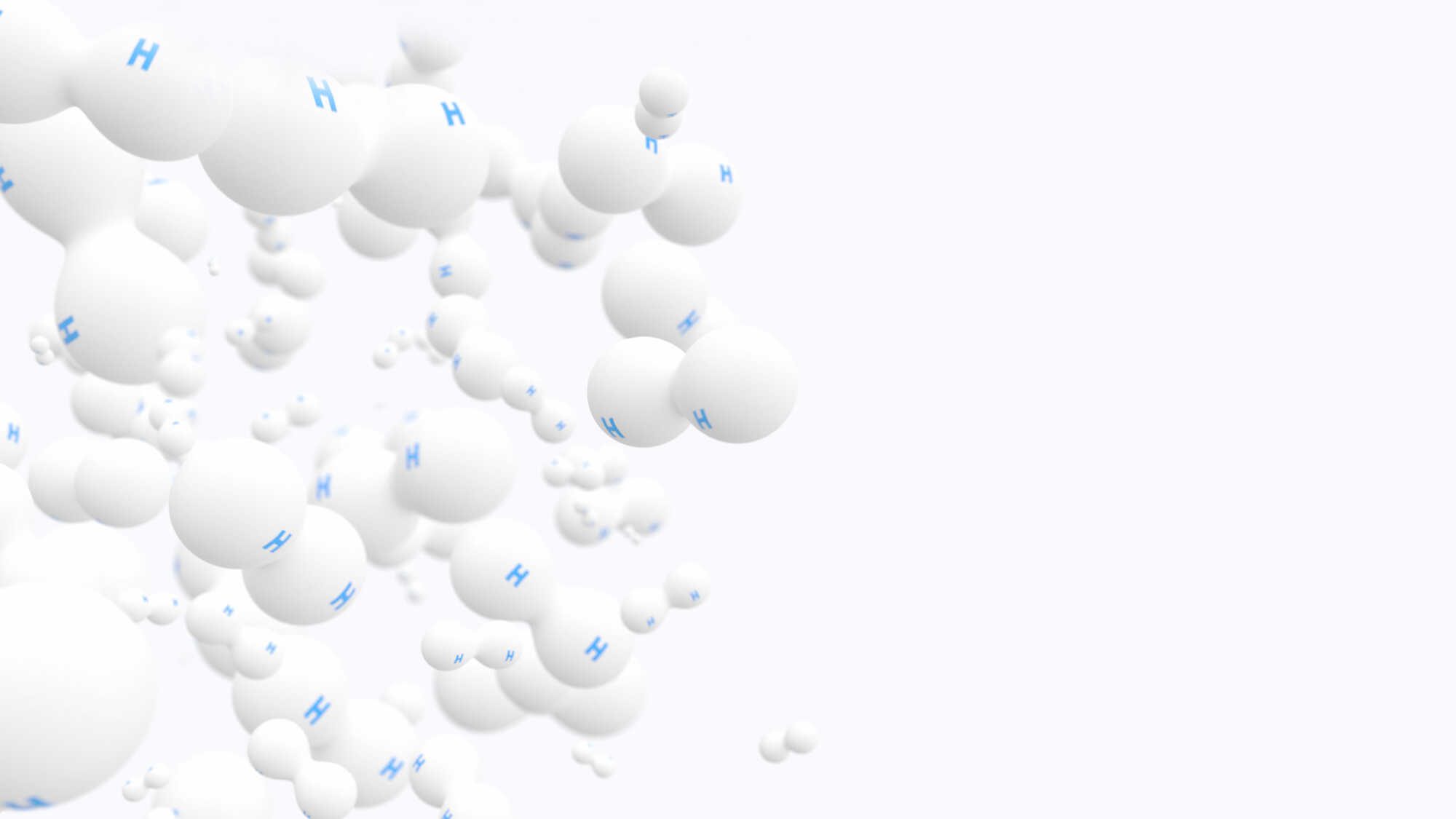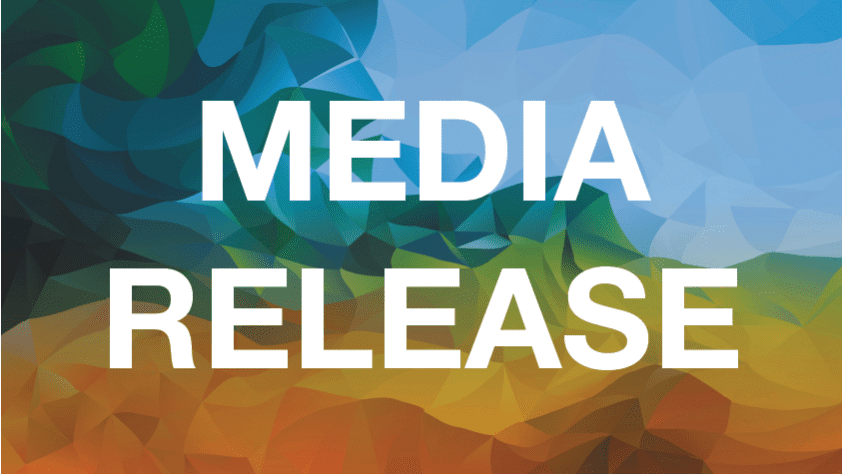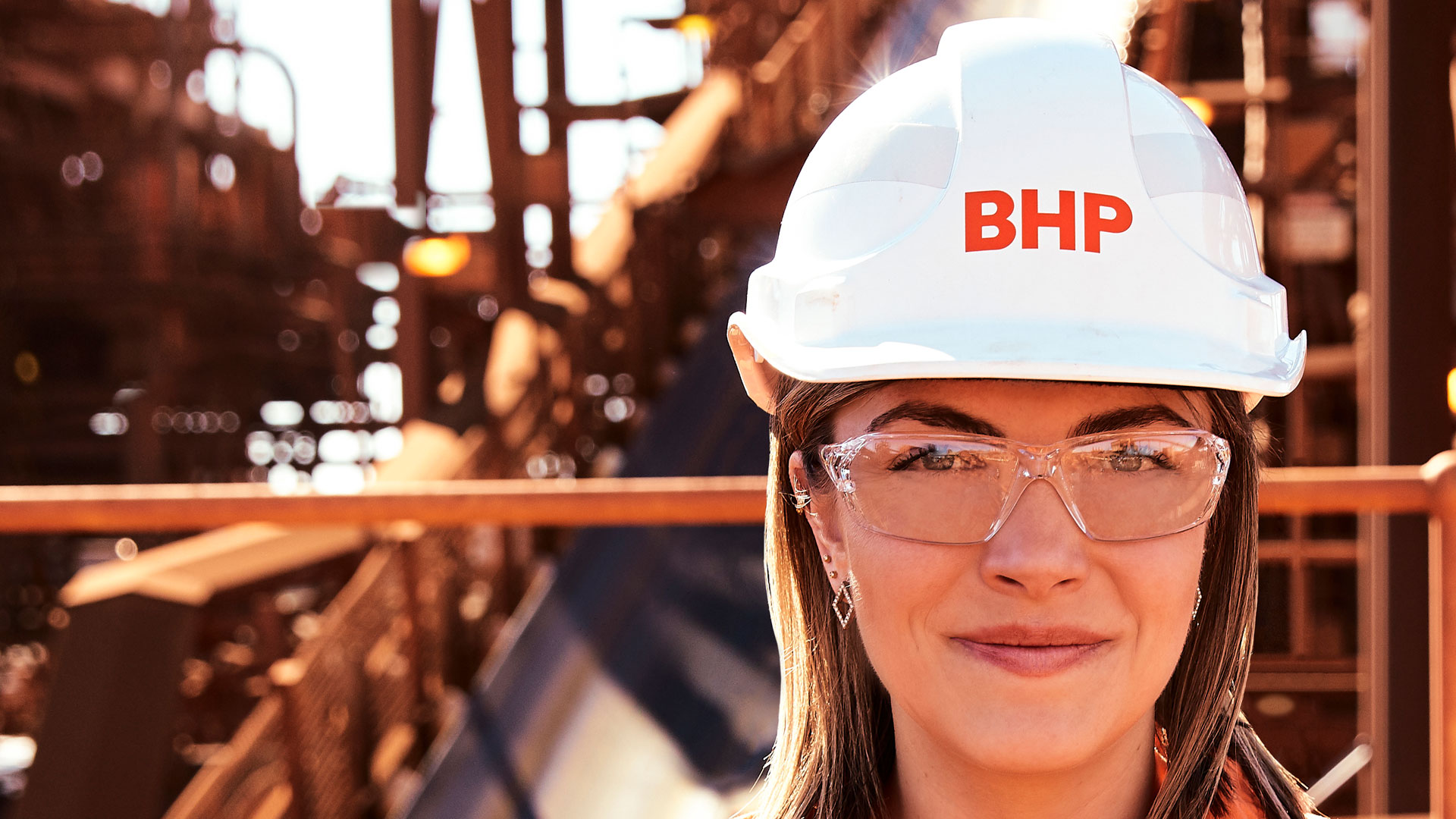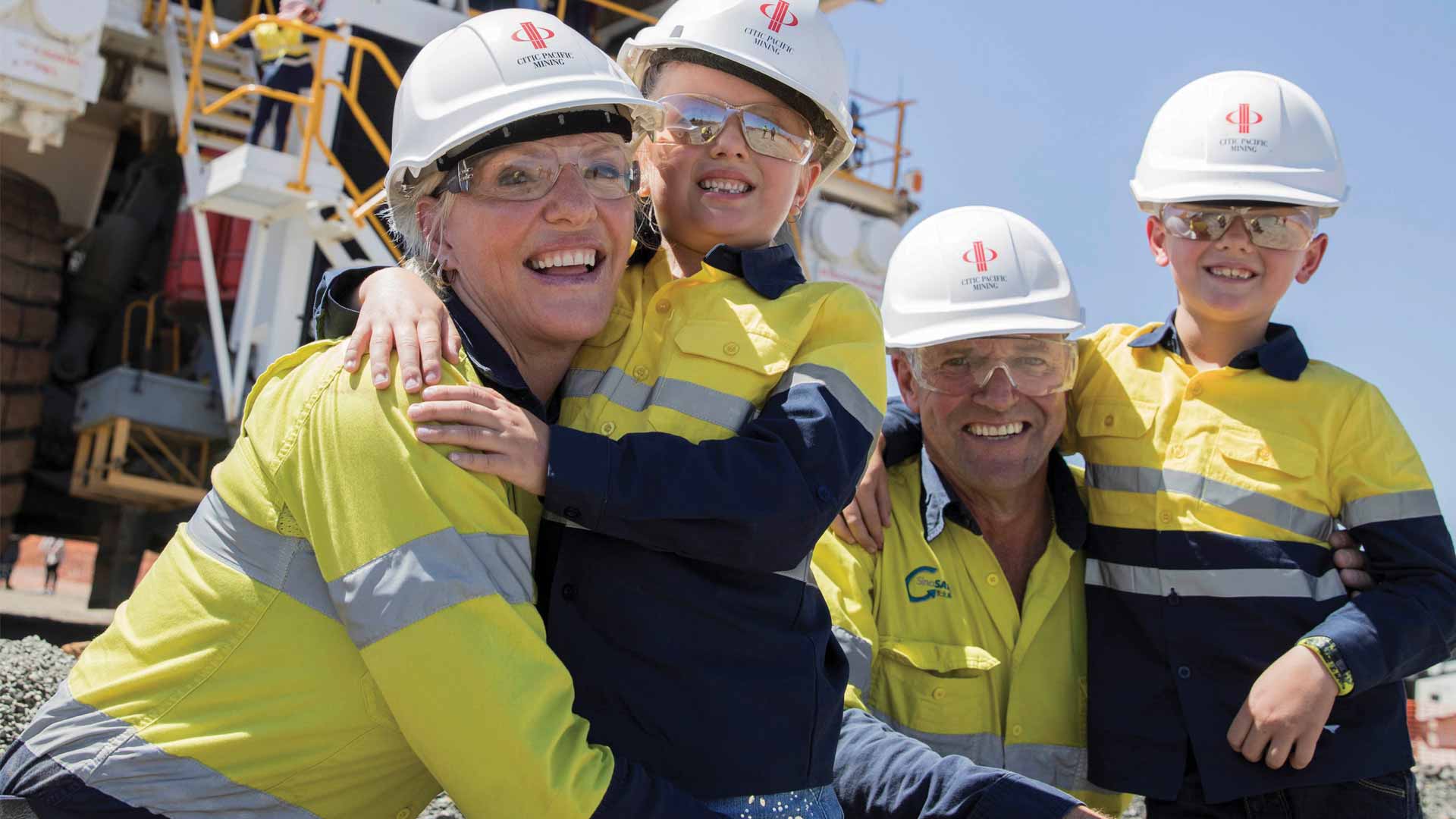A technology and ‘colour’-agnostic approach, increased alignment and collaboration between industry and government and the establishment of realistic export targets will be keys to WA becoming an internationally competitive hydrogen producer – according to a new position paper released by the Chamber of Minerals and Energy of WA.
The report, titled Towards Competitive Clean Hydrogen, examines the opportunities and challenges associated with WA’s aspirations to establish itself as a globally significant producer of clean hydrogen.
CME’s report examines nascent development pathways and global hydrogen use case examples, informed by competitiveness analysis by Australian Venture Consultants.
“Hydrogen has certainly become a high-profile commodity in recent times – and there are numerous CME member companies which are moving rapidly into that space,” CME Director of Policy and Advocacy Rob Carruthers said.
“It’s easy to see why hydrogen has captured the imagination. It’s a versatile commodity that can carry stored energy or be converted into energy, and it produces no greenhouse gas emissions when it is used or burnt.
“The WA mining and resources sector is one of a number of industries that is strongly focused on decarbonisation, and the significant potential for hydrogen to assist with that endeavour offers up a range of exciting opportunities for a state like WA.”
There are a wide variety of initiatives at both levels of government geared around hydrogen, including the Western Australian Renewable Hydrogen Strategy at a State level and National Hydrogen Strategy being pursued federally.
“We welcome the strong interest of both the WA and Federal Governments in hydrogen,” Mr Carruthers said.
“It’s clear that governments are on the front-foot in promoting these opportunities, and industry for its part is well advanced through various investments in research pilots and assessing prospective large-scale hydrogen developments from the top to the bottom of WA – and also across Australia.”
However, as the report outlines, those opportunities will only be realised in a competitive and timely fashion with an even greater focus on collaboration between industry and the State and Federal Governments.
“Given how competitive global hydrogen markets currently are and will continue to be, it’s vital to have aligned and well-targeted support from government that encourages the establishment of WA as a user, producer and exporter of competitive, low-cost, reliable and clean hydrogen,” Mr Carruthers said.
“A number of recommendations in our report identify the form this support could take.
“This includes accelerating the establishment of hydrogen hubs to facilitate technological development and shared learnings, the development of a practical multi-purpose land use framework in WA that supports both hydrogen development and other high value uses, and the need for State and Federal alignment on certification for low-emissions hydrogen.
“Important to this is to ensure that we are technology agnostic, with the focus instead on ensuring the delivery of cost-competitive production, transportation and use cases that also, critically, provide certainty for decarbonisation pathways in line with national and State goals.”
Mr Carruthers said another aspect of developing a WA hydrogen industry highlighted in the report was the requirement for a timely yet realistic and iterative development approach.
“Hydrogen is a very busy space – one in which WA is now competing with other states in Australia and also countries around the world that are eyeing off similar opportunities,” Mr Carruthers said.
“Middle Eastern countries such as Qatar, Oman and UAE are likely to be significant competitors when it comes to hydrogen – as they currently are in the global LNG market – and it’s crucial that WA keeps pace.
“There also needs to be a realisation that hydrogen isn’t like LNG or iron ore where WA is at a competitive advantage simply because of its resources and reserves. Hydrogen can be produced anywhere around the world.
“We do have many things that will help – including land that could be made available to build large-scale renewable energy generation plants, high solar irradiance and plentiful wind resources – but these don’t provide a clear absolute, competitive, or comparative advantage.
“Our strong existing industry presence and upstream operational predominance in WA may be helpful in attracting investment and be a source of advantage compared to other jurisdictions.”
Mr Carruthers said demand identification for end uses of WA-produced hydrogen was another key element explored in the report.
“There is a pathway being established for blending hydrogen into our existing natural gas networks and using hydrogen for domestic ammonia production, for example. However, as it stands WA’s domestic demand is comparatively small, and we therefore need to explore opportunities to build on this and also look further afield for trade partners who would be interested in sources of large-scale hydrogen,” he said.
“As our paper outlines, Japan is a natural fit for hydrogen exports due to its long-time interest in incorporating hydrogen in its fuel mix, including increasing the uptake of hydrogen fuel cell electric vehicles (HFCEVs), and the strong LNG relationship it holds with WA.
“Similarly, South Korea looms as a potentially attractive trade partner because of its targets around increasing the number of HFCEVs and refuelling stations to support local manufacturing.”
“Both Japan and South Korea are excellent examples of long- term, mutually beneficial trade partnerships for Western Australia, which have the further potential to expand into hydrogen export in the decades to come.”





